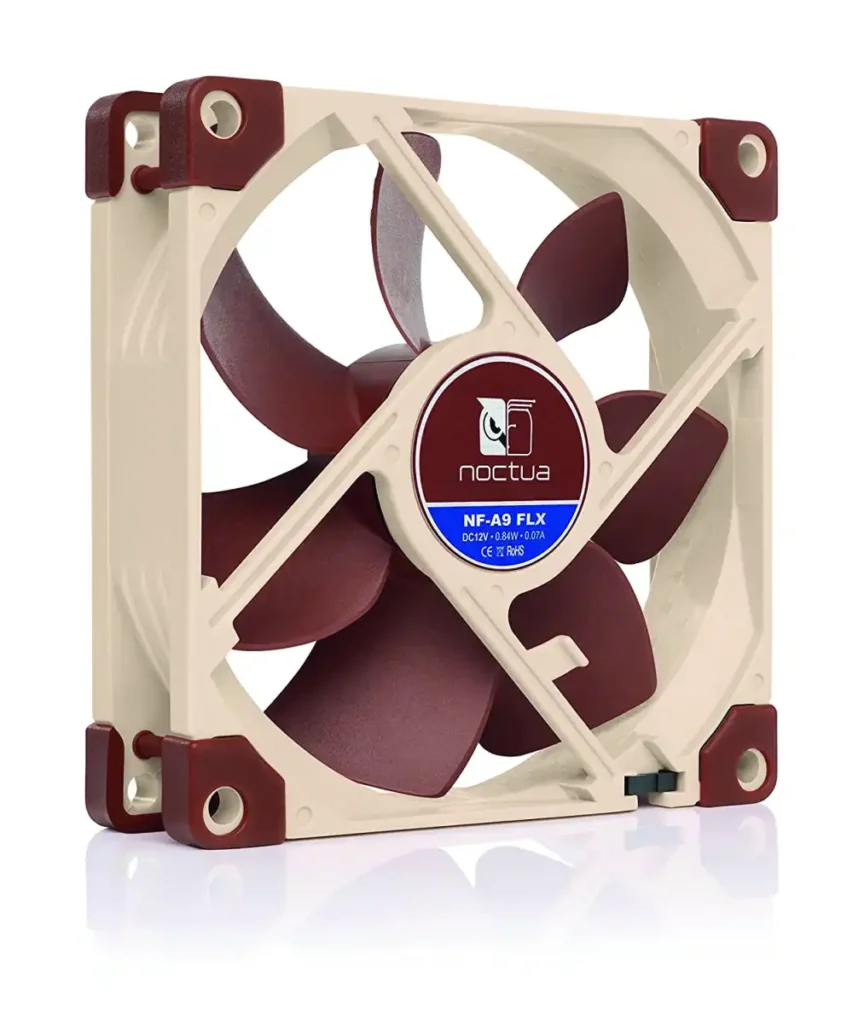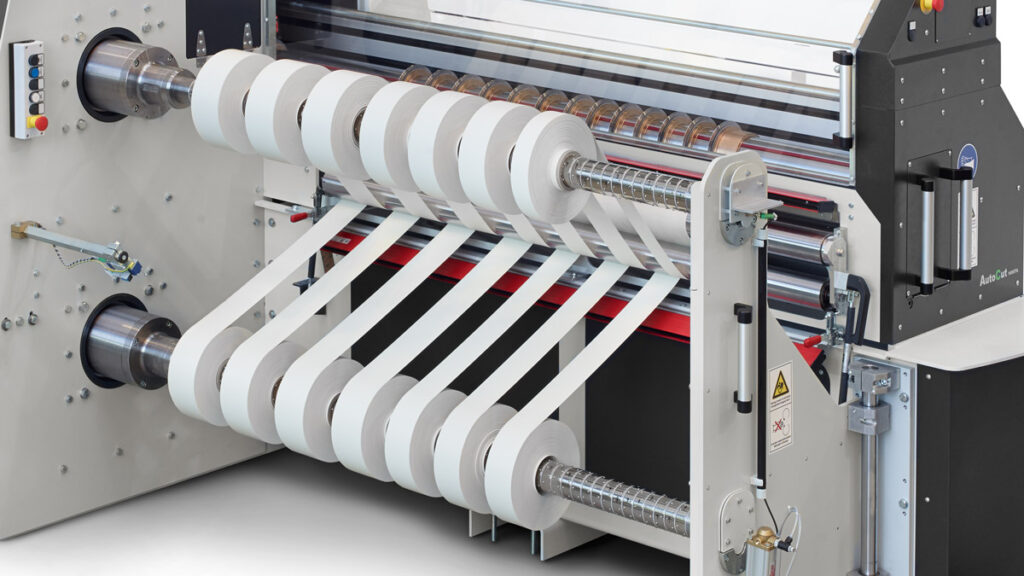Unexpected Dental Dilemmas: Surprising Triggers and Swift Solutions
Understanding Modern Dental Challenges
Dental health plays a crucial role in overall wellbeing, yet many individuals remain unaware of the surprising factors that can impact their oral health. According to recent World Health Organisation studies on global oral health patterns, dental issues affect nearly 3.5 billion people worldwide, making it essential to understand both common and unexpected dental challenges.
Hidden Culprits Behind Dental Problems
Lifestyle Factors
Modern lifestyles harbour numerous unexpected triggers for dental problems that many people overlook. Stress-related teeth grinding, excessive consumption of acidic beverages, and even certain medications can contribute to dental complications. These issues often require prompt attention from an emergency dentist Richmond to prevent long-term damage.
Systemic Health Connections
Research reveals significant connections between oral health and various systemic conditions, including cardiovascular disease, diabetes, and respiratory infections. This interconnection emphasises the importance of maintaining proper dental hygiene and seeking timely professional care when issues arise.
Common Yet Unexpected Dental Emergencies
While most people associate dental emergencies with obvious trauma or severe tooth pain, several unexpected situations may require immediate attention:
- Damaged dental work during sleep
- Sudden crown dislodgement while eating soft foods
- Unexpected allergic reactions to dental products
- Complications from seemingly minor mouth sores
Prevention and Early Intervention
Understanding these unexpected dental challenges enables better prevention and faster response times. Regular dental check-ups can help identify potential issues before they develop into emergencies. When unexpected problems do occur, having access to an emergency dentist Richmond proves invaluable for swift resolution and peace of mind.
The Impact of Daily Habits
Studies linking oral health to everyday habits demonstrate that seemingly innocent activities can significantly impact dental health. From using teeth as tools to open packages to consuming certain healthy foods with high acid content, many daily habits require careful consideration to maintain optimal oral health.
Swift Solutions for Dental Dilemmas
Immediate Response Strategies
When faced with unexpected dental issues, knowing how to respond can make a significant difference in the outcome. While seeking professional care remains essential, understanding appropriate first-aid measures can help manage the situation effectively until one can reach an emergency dentist Richmond for proper treatment.
Temporary Relief Methods
Several safe, temporary solutions can provide relief during dental emergencies:
- Applying a cold compress for swelling
- Using dental wax for loose crowns or brackets
- Rinsing with warm salt water for minor infections
- Applying clove oil for temporary pain relief
Modern Approaches to Dental Care
Contemporary dentistry offers numerous innovative solutions for unexpected dental problems. Advanced diagnostic tools and treatment methods ensure more precise and effective care for patients experiencing dental emergencies. These technological developments have significantly improved both the speed and quality of emergency dental treatments.
Preventative Measures
While emergency dental care provides crucial support during unexpected situations, implementing preventative measures remains vital. Regular dental hygiene practices, combined with professional check-ups, can significantly reduce the likelihood of dental emergencies. This proactive approach includes:
- Regular professional cleaning sessions
- Proper night-time oral care routines
- Use of appropriate protective equipment during sports
- Regular replacement of dental hygiene tools
Moving Forward with Better Dental Health
Understanding unexpected dental dilemmas and their solutions empowers individuals to take better care of their oral health. By staying informed about potential triggers and maintaining good dental hygiene practices, one can significantly reduce the risk of dental emergencies.
When unexpected situations do arise, knowing where to seek professional help and how to provide temporary relief can make a substantial difference in the outcome. The key lies in combining preventative care with prompt professional attention when needed, ensuring optimal oral health for years to come.







